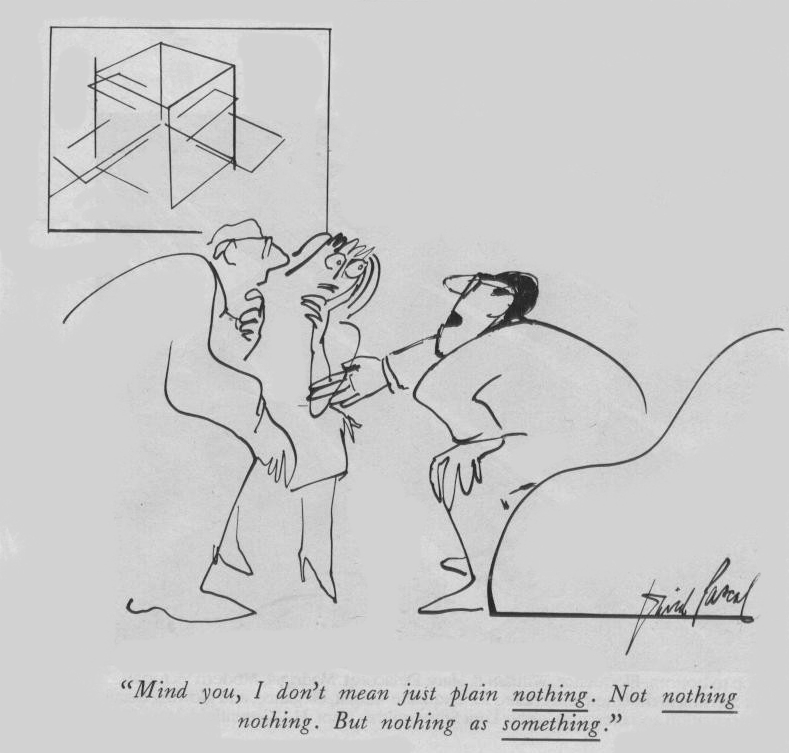Intentional Converse Barcan Formula
Proof: (I'll use 'U' for universal quantifier and 'aBUxAa' for a Bs that all x A x and (Rden. a under s,B) for the accessibility relation for B with respect to the denotation of 'a' relative to s.)
We want to show that aBUxAx entails UxaBAx in Priest. So let a be any term, x be any variable, and let A be any formula. Let P be any class of Priest models and let M be a member of P. We want to show that for every assignment s for M, and every world w in M, if aBUxAx, then UxaBAx. Let s be an assignment for M. Let b be a world in M. We now want to show that if aBUxAx, then UxaBAx in b in M,s. So assume that aBUxAx is true in b in M,s. We now want to show that UxaBAx is true in b in M,s. UxaBAx is true in b in M,s iff for all d in D, aBAx is true in b in M,s(x/d). So let d* be a member of D. We wish to show that aBAx is true in b in M,s(x/d*). aBAx is true in b in M,s(x/d*) iff for all w* in C such that b(Rden. a under s,B)w*, Ax is true in w* under s(x/d*). Let c be a member of C such that b(Rden. a under s,B)c. We wish to show that Ax is true in c in M under s(x/d*). Recall our assumption that aBUxAx is true in b in M,s. This is so iff for all w* in C such that b(Rden. a under s,B)w*, UxAx is true in w* under s(x/d*). Since b(Rden. a under s,B)c, we have that UxAx is true in c under s. But UxAx is true in c under s iff for all d in D, Ax is true in b under M,s(x/d). So Ax is true in C in M,s(x/d*), since d* is a member of D. But this is what we wanted to show. So we are done.
We want to show that aBUxAx entails UxaBAx in Priest. So let a be any term, x be any variable, and let A be any formula. Let P be any class of Priest models and let M be a member of P. We want to show that for every assignment s for M, and every world w in M, if aBUxAx, then UxaBAx. Let s be an assignment for M. Let b be a world in M. We now want to show that if aBUxAx, then UxaBAx in b in M,s. So assume that aBUxAx is true in b in M,s. We now want to show that UxaBAx is true in b in M,s. UxaBAx is true in b in M,s iff for all d in D, aBAx is true in b in M,s(x/d). So let d* be a member of D. We wish to show that aBAx is true in b in M,s(x/d*). aBAx is true in b in M,s(x/d*) iff for all w* in C such that b(Rden. a under s,B)w*, Ax is true in w* under s(x/d*). Let c be a member of C such that b(Rden. a under s,B)c. We wish to show that Ax is true in c in M under s(x/d*). Recall our assumption that aBUxAx is true in b in M,s. This is so iff for all w* in C such that b(Rden. a under s,B)w*, UxAx is true in w* under s(x/d*). Since b(Rden. a under s,B)c, we have that UxAx is true in c under s. But UxAx is true in c under s iff for all d in D, Ax is true in b under M,s(x/d). So Ax is true in C in M,s(x/d*), since d* is a member of D. But this is what we wanted to show. So we are done.


2 Comments:
Is it possible to prove Closure Under Entailment using direct proof or contraposition? Do the 't$A' and 'A->B' act as two premises? If so would we assume both for direct proof? Or is there some other method entirely for prooving them?
Yes, a direct proof of Closure Under Entailment may proceed by assuming t$a and A-->B and showing, on these assumptions, that t$B.
Post a Comment
<< Home